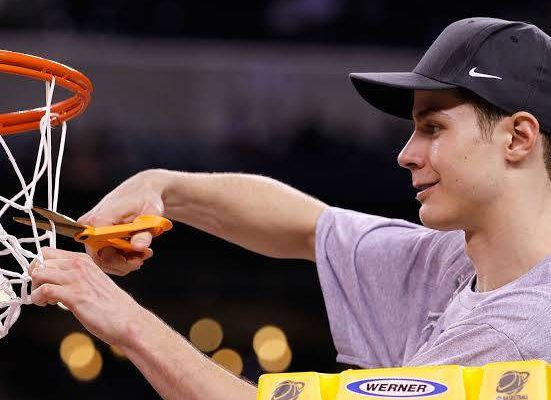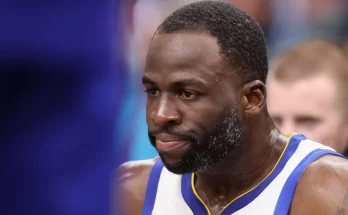In college basketball, a thirty‑win season has come to represent an almost mythical threshold of excellence — a measure not just of consistency, but of dominance across the regular season, conference tournaments, and deep NCAA runs. To reach 30 wins is to dwell in “rare air.” And in that arena, few programs have flown so often — or so high — as Duke and North Carolina. Their histories, ambitions, and identity as blue‑bloods intertwine with this benchmark, creating a tradition of excellence, rivalry, expectation, and sometimes pressure, that few can hope to match.
By today’s expanded schedules and voluminous postseason possibilities, the notion of 20 wins as a mark of success has lost much of its luster. But 30? That remains elite. According to an ACC‑focused survey, only a few teams in the conference’s history have cracked that barrier in a season, and the bulk of them have belonged to Duke (17 such seasons) and UNC (12) — far more than any of their rivals.That frequency itself is part of what sets them apart: the regular habit of greatness, not merely occasional flashes.
At Duke, much of this consistency stems from the framework built under Mike Krzyzewski. He understood that to reach 30 wins, you needed depth, elite recruiting, culture, and adaptability — to win in December against power conference foes, to handle conference showdowns, to advance in the NCAA tournament. Through that architecture, Duke not only achieved many 30‑win seasons but also converted several of them into national titles and Final Four runs. UNC, under Dean Smith and later Roy Williams, also built a standard that expected big seasons; when the Tar Heels did hit 30, it often came with deep NCAA runs or trophies too.
To appreciate the “rare air” in which 30‑win campaigns fly, one must see how many forces align. First, the regular season schedule must be strong. If you pile on soft opponents, you may rack wins, but you won’t be battle‑tested. To survive tournaments and reach 30, scheduling must blend challenge and manageable matches. Next, the team must avoid major injuries and fatigue. The depth to sustain performance across February and March is essential. Third, mentally and contextually, the program must treat every game with urgency — a loss in the ACC gauntlet or in the conference tournament can derail the momentum. And finally, the NCAA tournament run must be solid; winning three to five games is nearly unavoidable for a 30‑win season. All of that magnifies how rare it is.
When we compare Duke and UNC in this regard, we see patterns and contrasts that reflect their identity, and illuminate what “greatness” demands. Duke’s methodology under Coach K leaned on sustained recruiting classes, internal development, and an ethos that every season must aspire to the highest benchmarks. Not every 30‑win Duke team won the national title, but they rarely failed to be threatening. In ranking Duke’s greatest teams, analysts often highlight not just the title years, but squads that muscled through adversity, carried statistical dominance, and left an imprint. UNC’s approach, especially under Dean Smith, emphasized discipline, team play, and continuity. When UNC hit 30, it was often because its defensive identity, switching schemes, and smart roster construction held up under pressure.
But the margin for error is narrow. For example, in seasons where Duke or UNC fell short of the 30 mark, many of the losses came in tight games, during tournament play, or through overtaxing schedules. The difference between 28, 29, or 30 wins can hinge on a late three, a foul call, or a slump. In that sense, 30 is also a threshold of luck or timing, albeit one built on system and preparation.
The rivalry between Duke and UNC adds a unique overlay to all this. When both programs inhabit rare air in the same season, their direct matchups take on extra weight — for bragging rights, seeding, psychological momentum, and recruiting narratives. Duke vs. Carolina games, already steeped in history, sometimes decide conference titles and test teams in their prime. In seasons when both teams are contenders for 30 wins, every meeting feels larger: a preview of March drama, a mini Final Four, a test of identity.
Take, for instance, the 2022 Final Four showdown. It was the first time Duke and UNC had ever met in the NCAA tournament, and ironically it came at the end of Coach K’s storied career. The build‑up and mythology around that game — rivalries, legacies, championships — created stakes far beyond the bracket.Systems, legacies, the weight of history: all collided. But that kind of game is only possible when both programs are operating near the top — in the 30‑win elite.
Still, even among blue‑bloods, not all programs reach that height so often. Kentucky, Kansas, UCLA or Indiana may accumulate great seasons and worst seasons; they may win titles and produce great players. But the frequency with which Duke and UNC inhabit that threshold of 30 wins is exceptional. It’s not just that they soar; it’s that they do so over decades, through coaching changes, through recruiting cycles, through shifts in college basketball itself. That sustained excellence is the marker of “rare air” — occupancy, not just altitude.
Of course, “greatness” isn’t reducible to win totals. Titles, impact, culture, and legacy all matter. But win totals give a concrete signal: a thirty-win season tells you that a team operated at a high level across all domains — consistently, resiliently, enviably. And when a program achieves it multiple times, under different coaches, amid evolving challenges, you begin to see a tradition woven into the fabric of the institution.
For Duke, the challenge moving forward is whether it can carry that standard beyond Coach K’s era, build new systems, new recruiting pipelines, new identities that keep reaching 30. For UNC, it is whether it can continue to churn out deep runs and rigorous schedules that align with that benchmark. Every season is a balancing act: one injury, one bad stretch, one upset, and the myth of 30 can slip away.
In the end, the “Thirty‑Win Club” is more than just a club of statistical milestone achievers. It is a symbol of consistency, expectation, and elite performance. Duke and UNC’s relationship to it reveals their ambition and their burden — to not only reach that air but to make it a habitat rather than a summit. When either team approaches 30 wins, fans and rivals alike lean in; when both do, the basketball world watches. That is the power of rare air.



